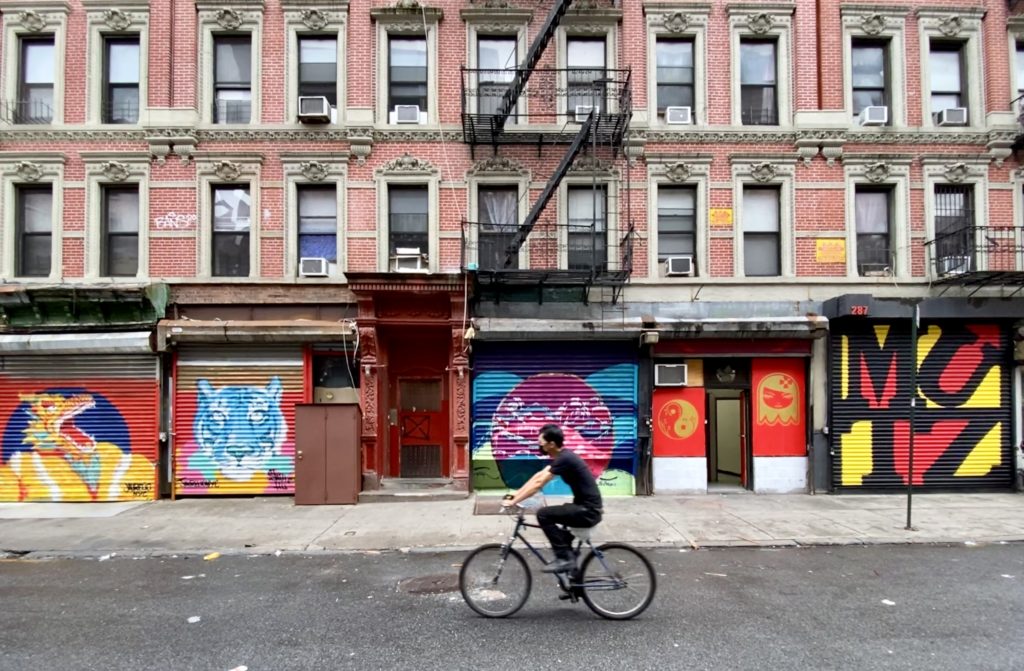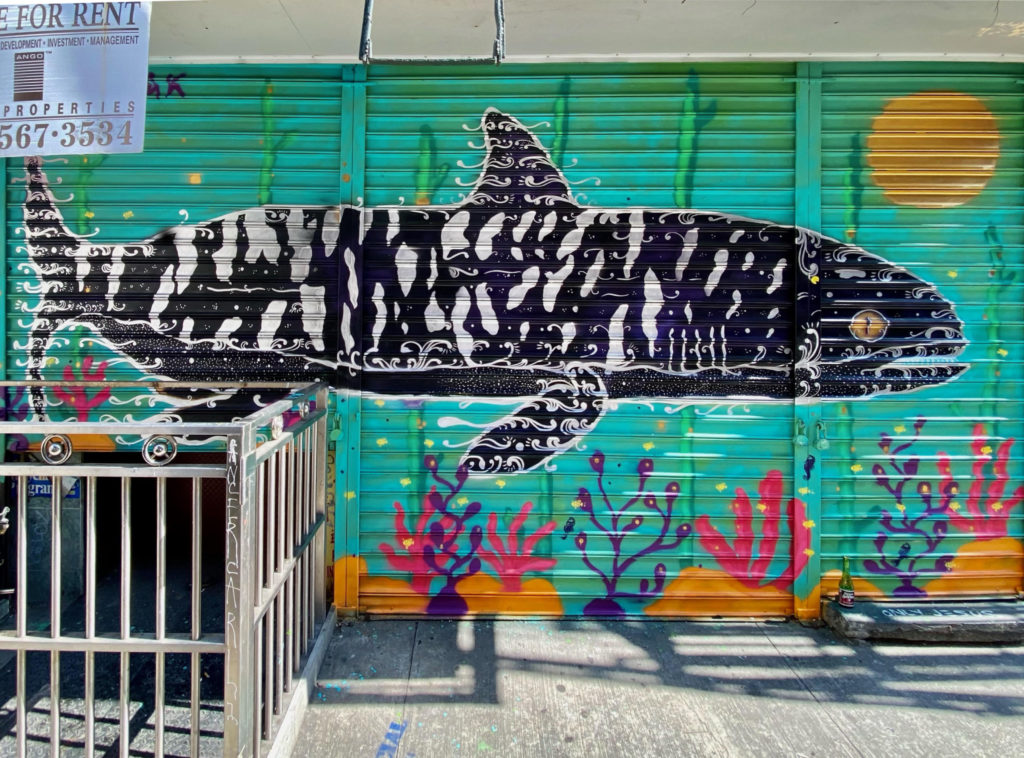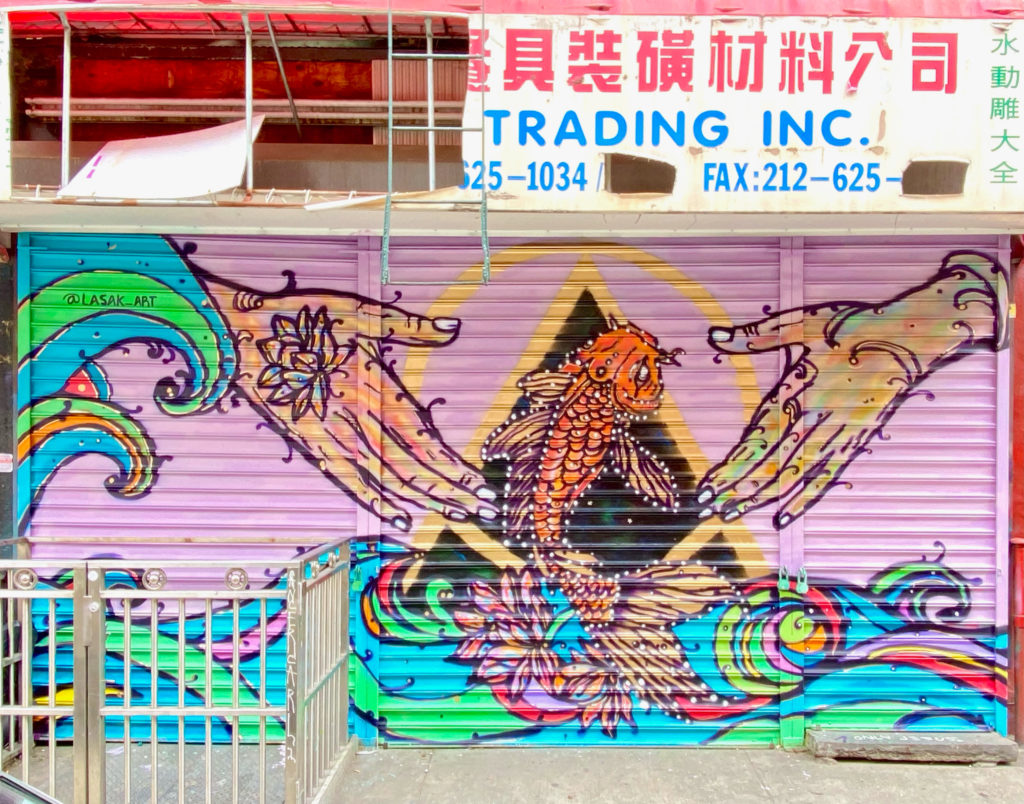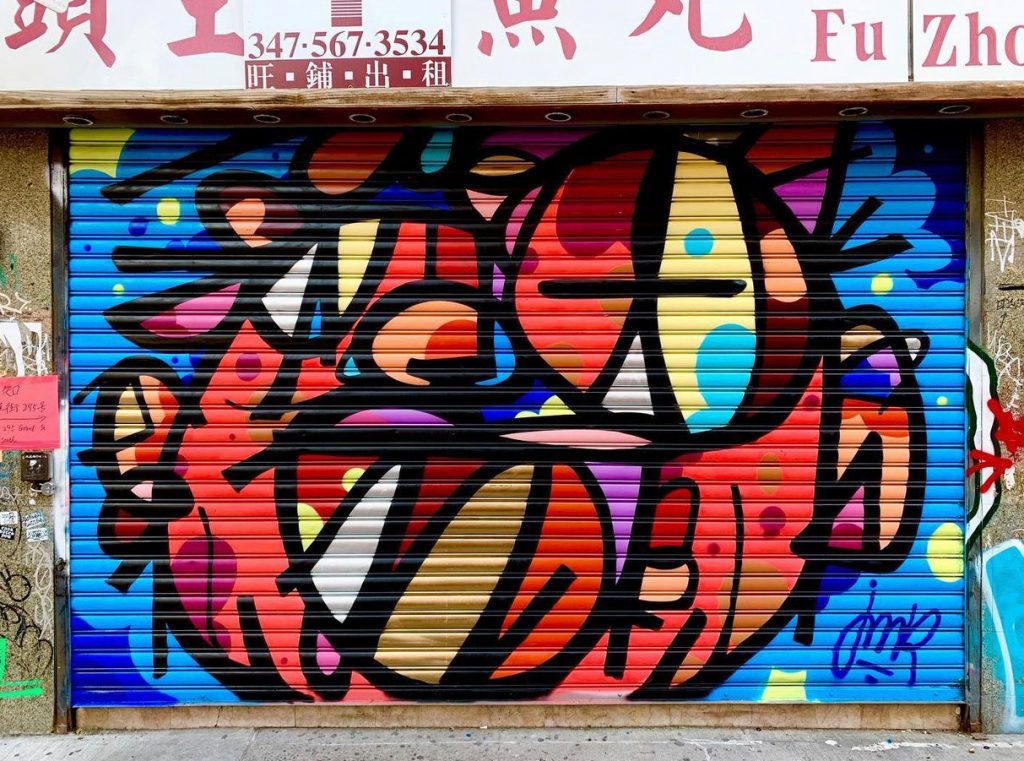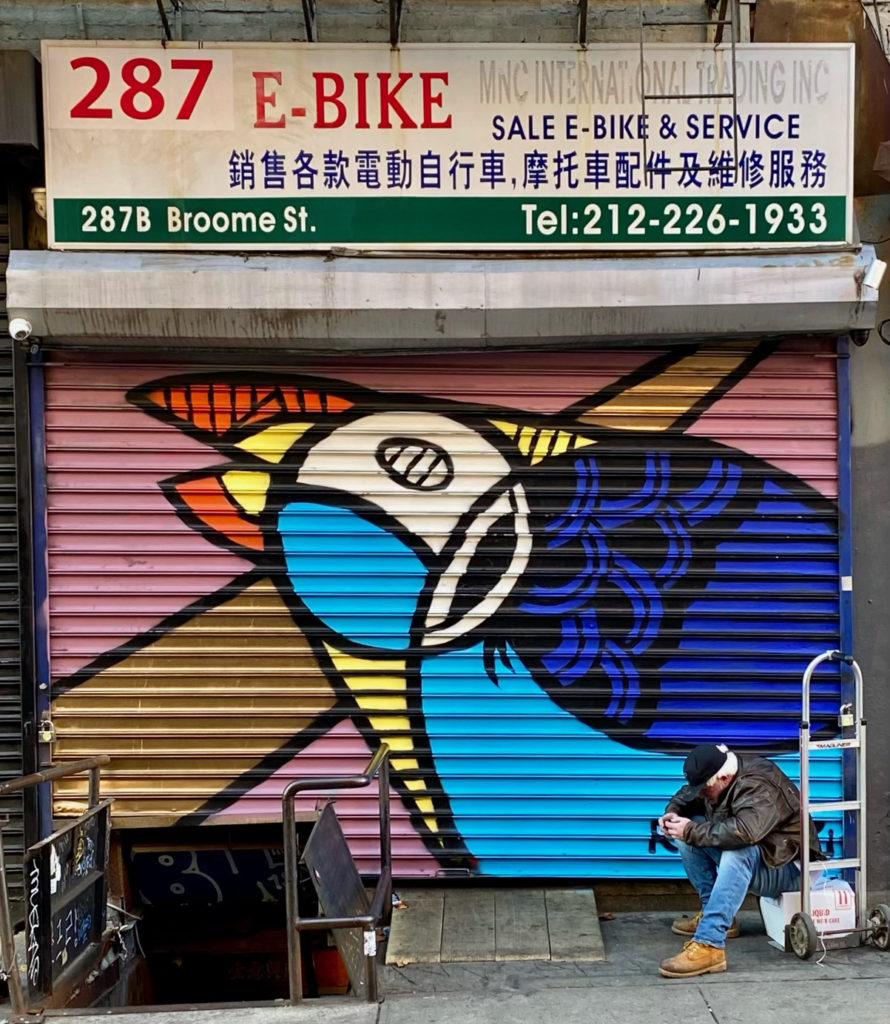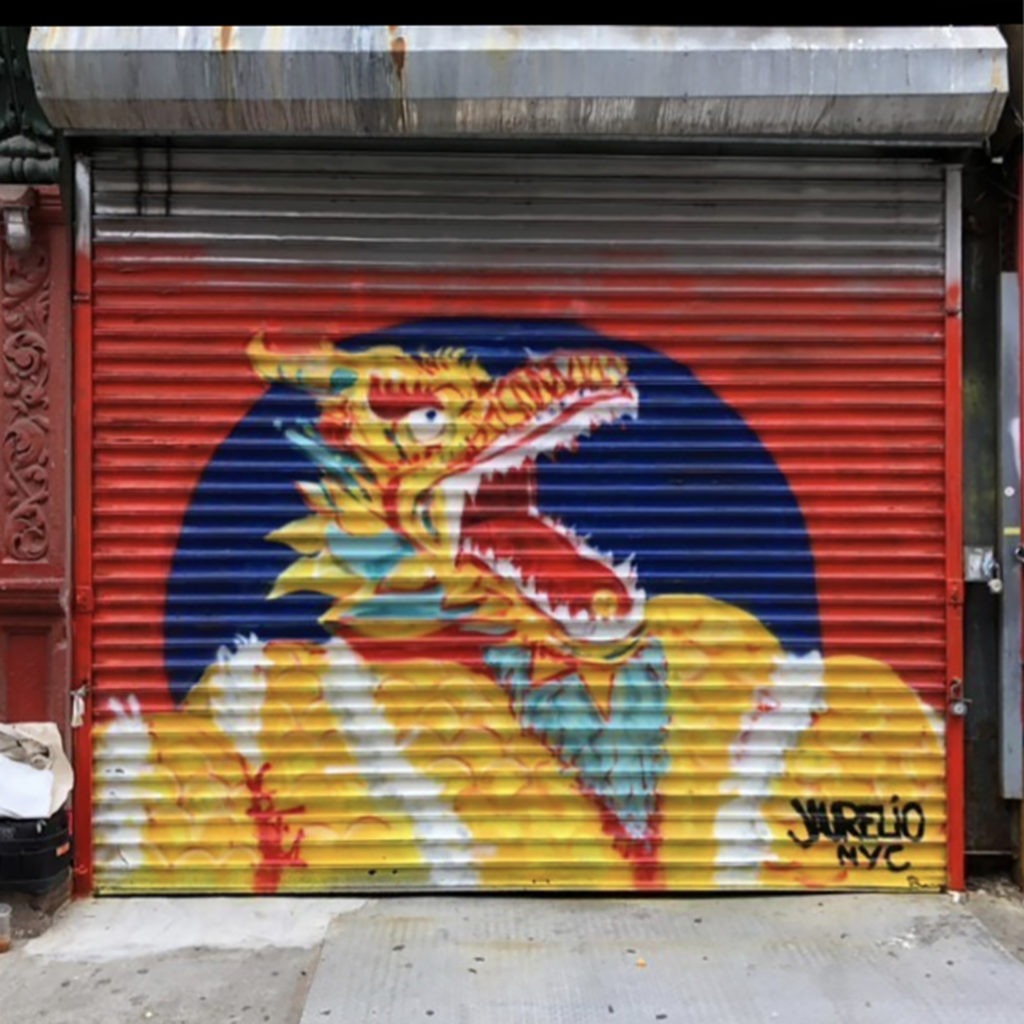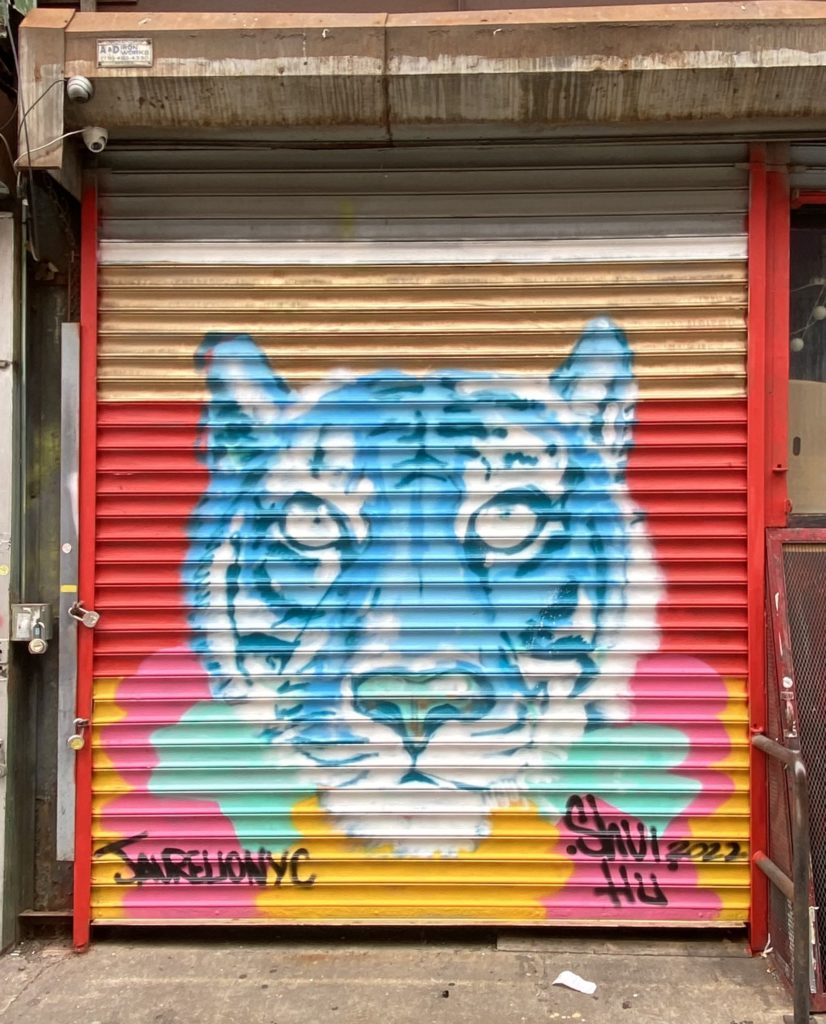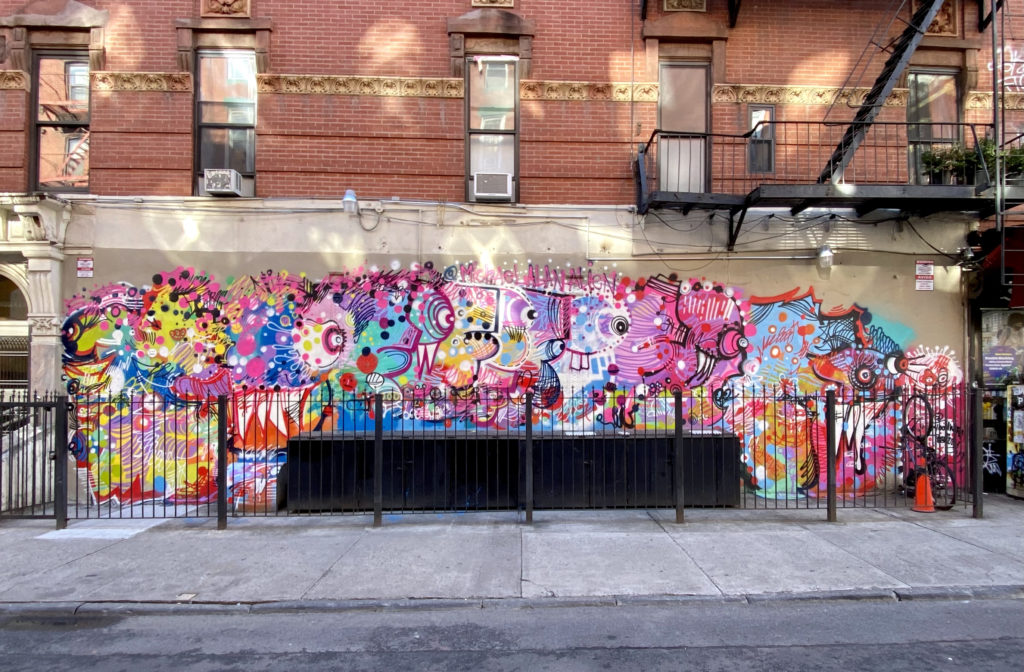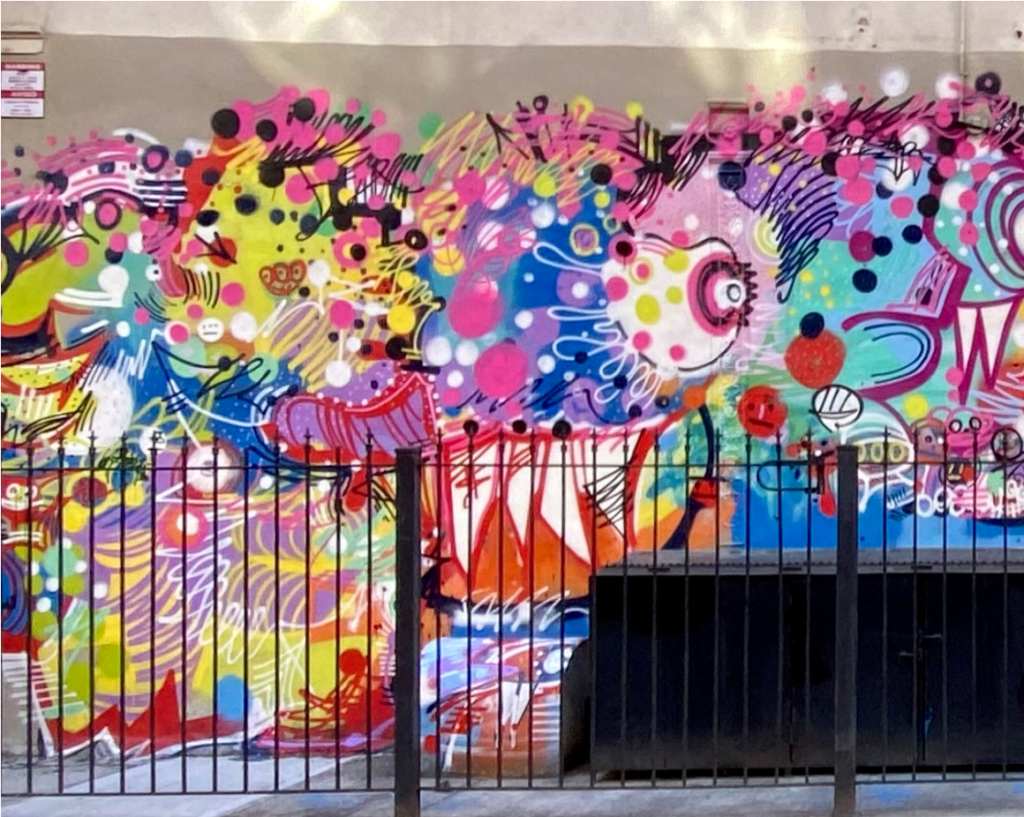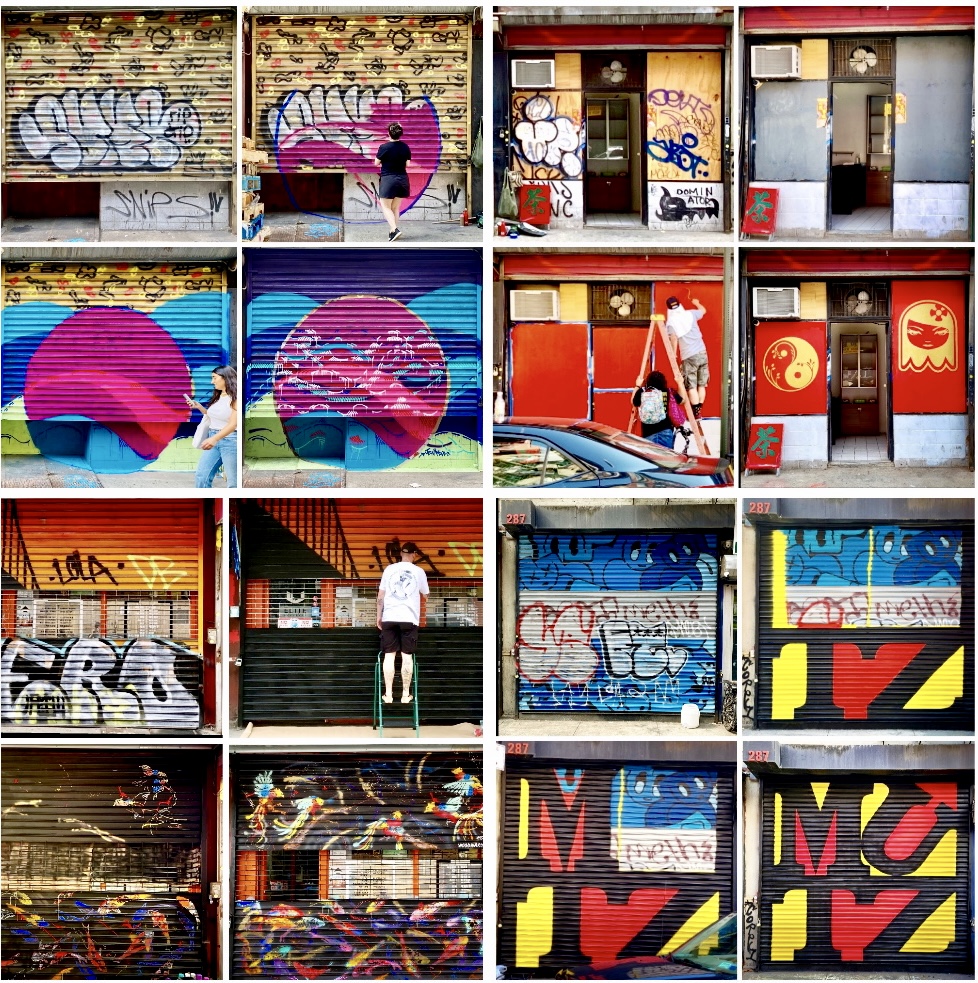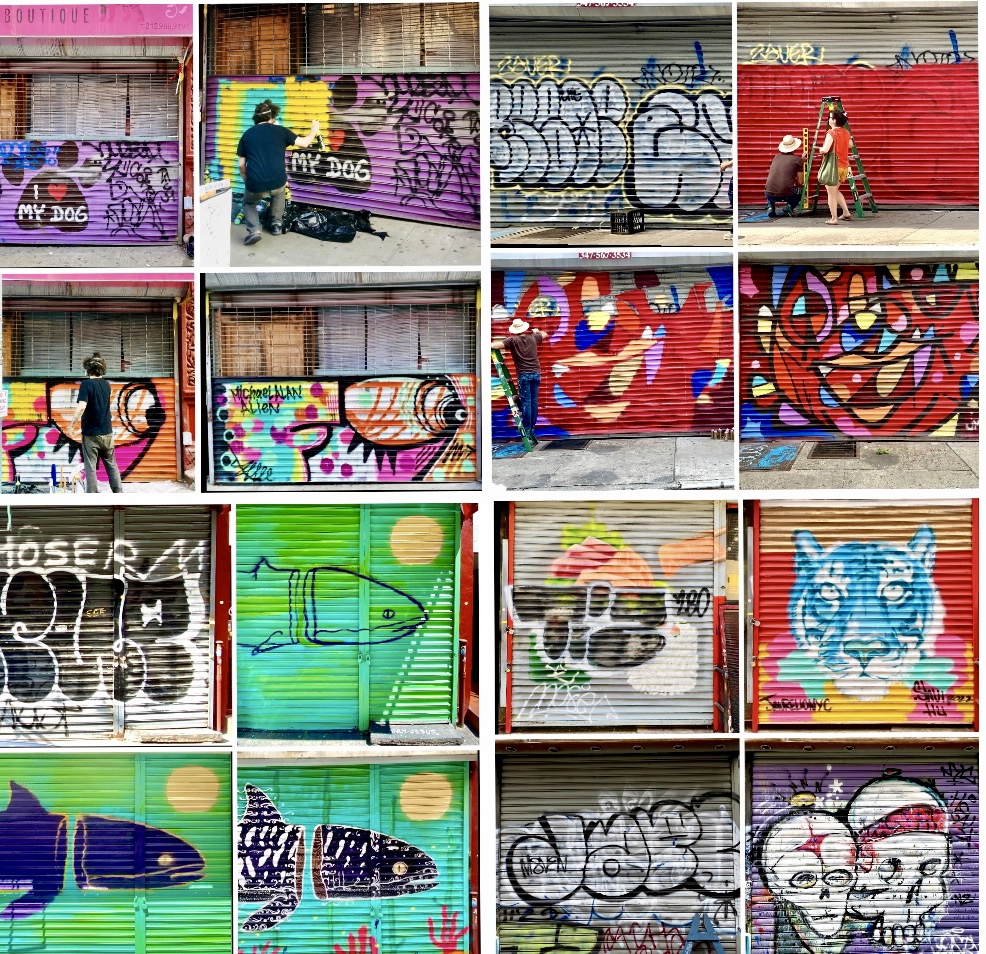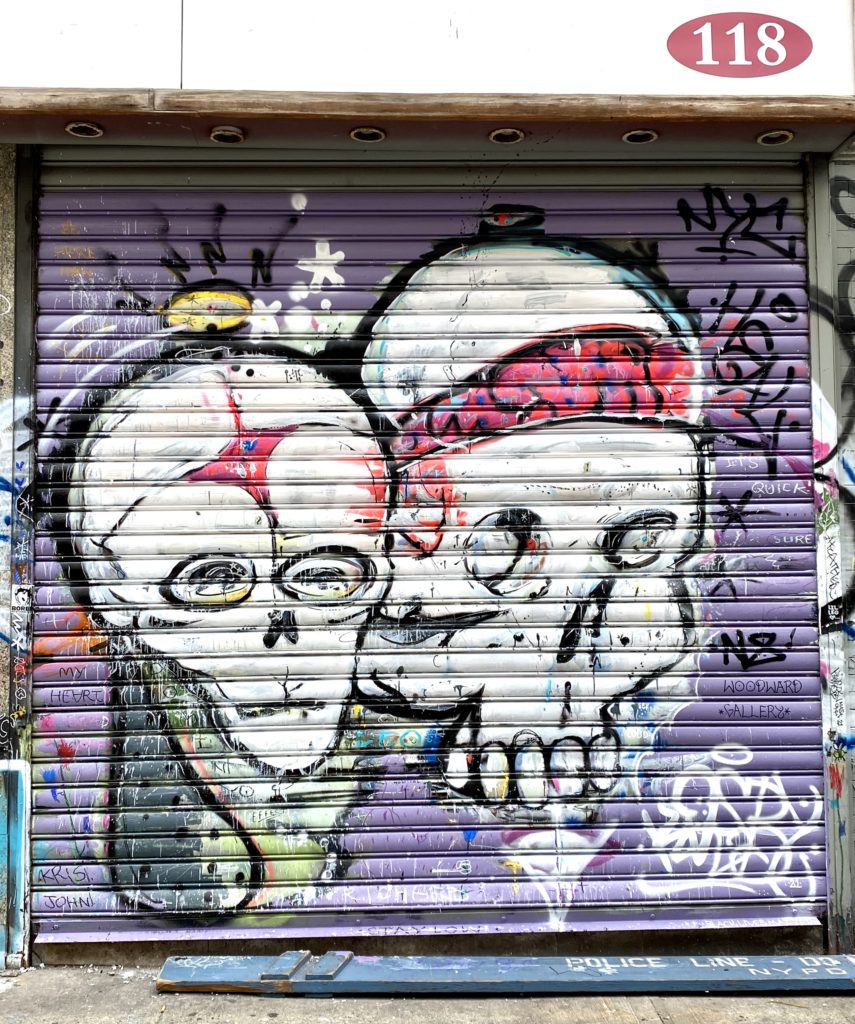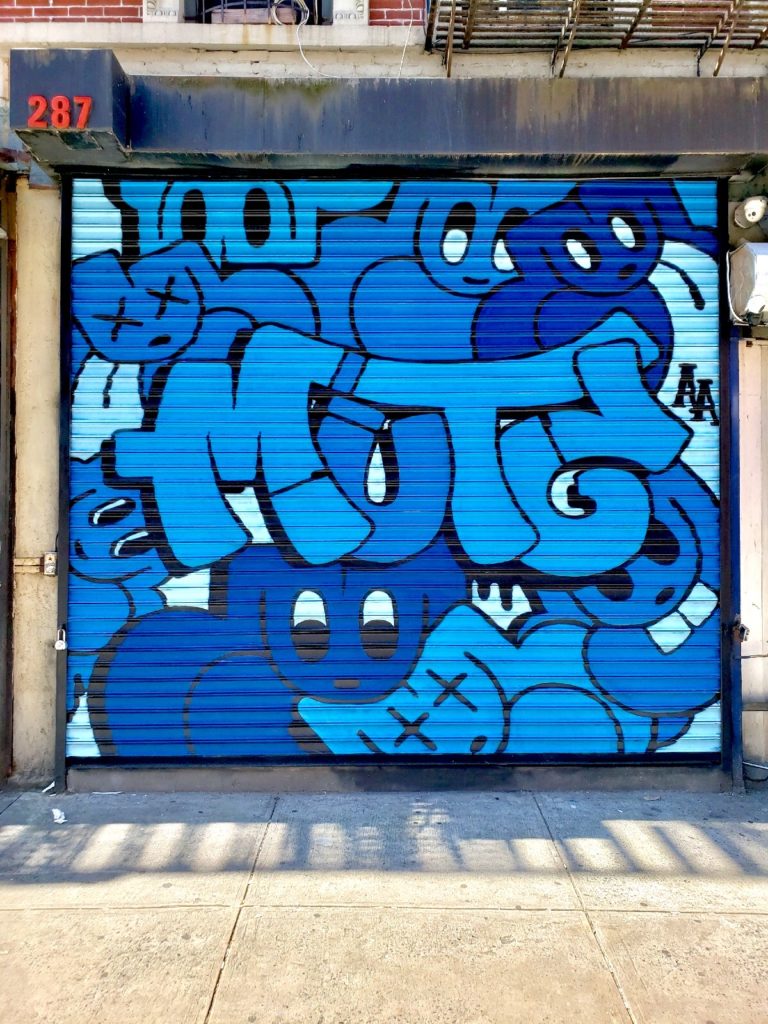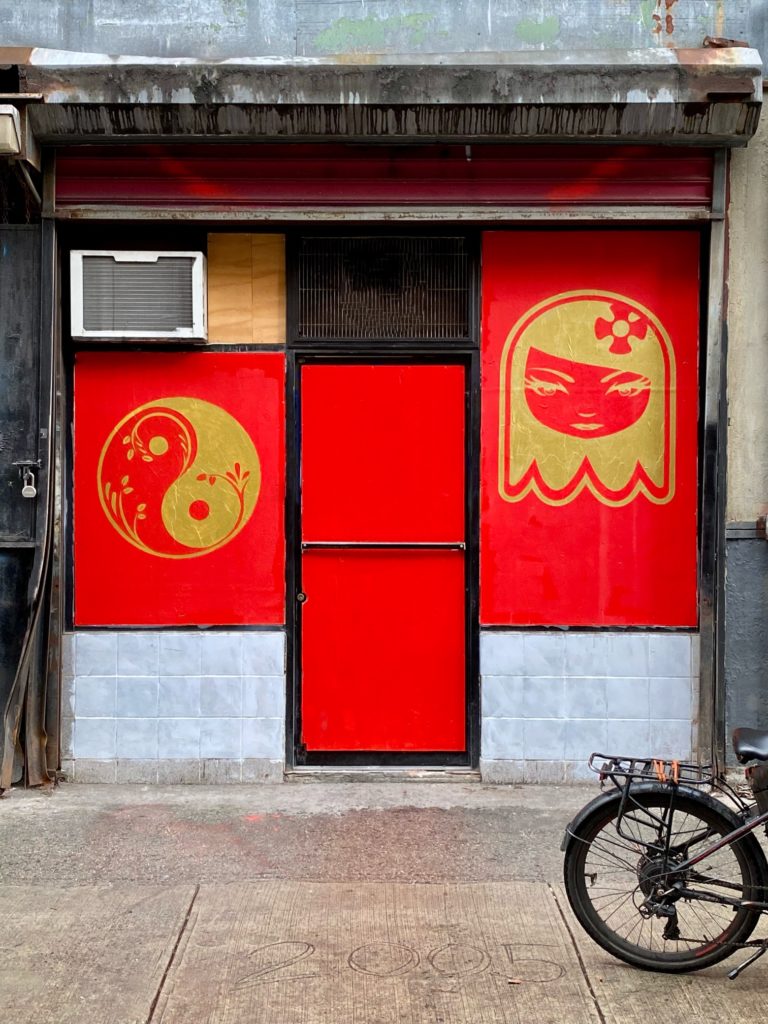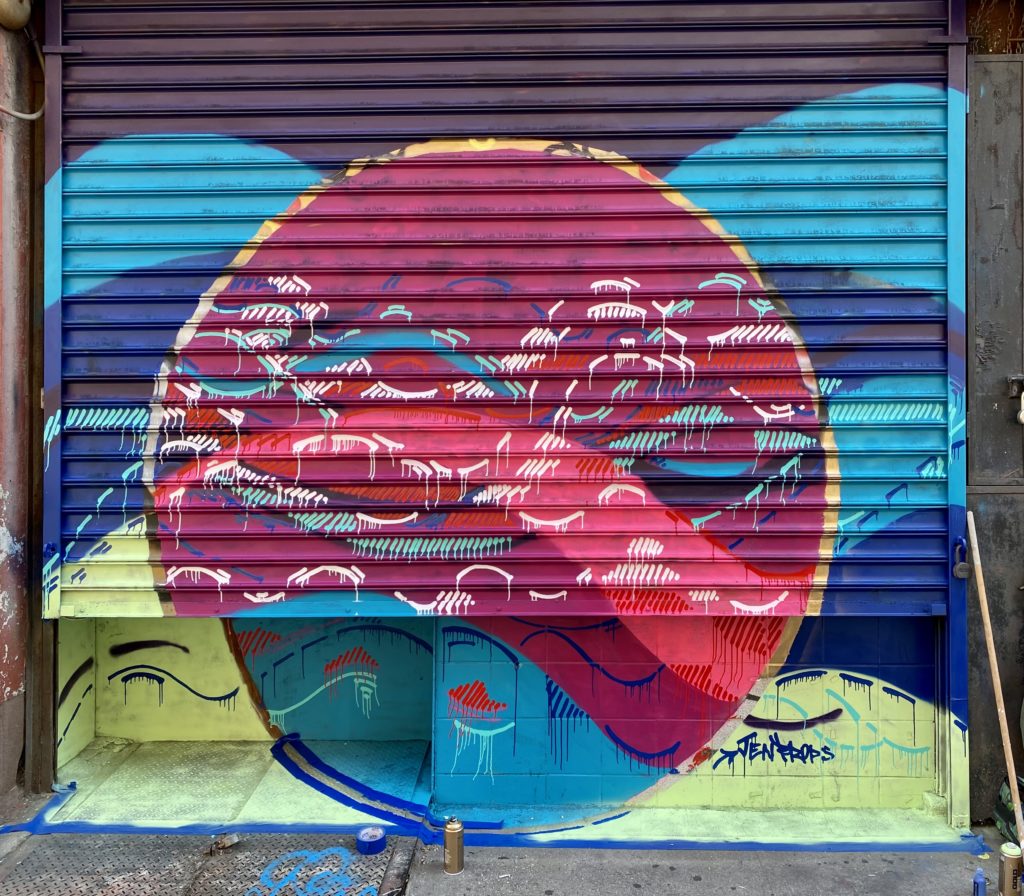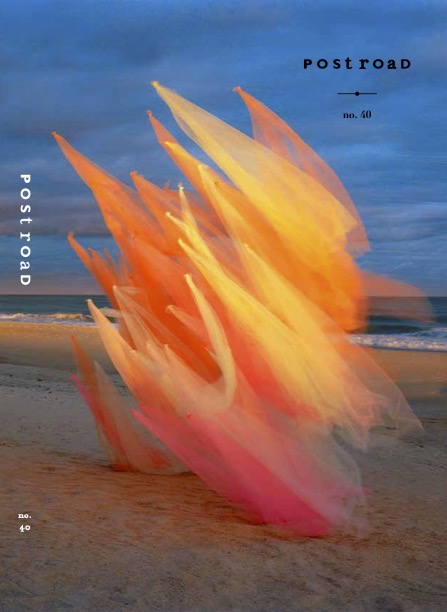César Aira’s An Episode in the Life of a Landscape Painter
Alena Graedon
We’ve grown a lush affection for the language of transformation. This hummus literally changed my life, we might say. Nothing’s been the same since I bought this new neck pillow/visited Spa Castle/watched The Wire.
But how many things really imprint our existence? A handful of calamities, a few great loves. If we’re very lucky, sometimes a work of art knocks us on our backs and drags us through the dust so that we arise as different selves.
An Episode in the Life of a Landscape Painter—a novel small enough to store in your pocket, like a map—is so vital and voluptuous and bright that it almost seems as if it sprang from the head of a god, perfect and fully armed. (Maybe it did, in a sense: its author, the Argentine César Aira, has published dozens of books, about two a year. He’s said to hardly revise. In the book’s preface, Bolaño calls him “a nun among the Discalced Carmelites of the Word.”)
This was my first taste of Aira’s work. I consumed it like a penitent taking the Eucharist after a long fast. That may sound melodramatic, or worse: disingenuous. I’m not even Christian. But that’s the point. Reading it was so startlingly metamorphic that to try to describe how it affected me, it feels necessary to grope around inside an experience that’s alien to mine.
The power of beauty to transmute is also a notion central to the book. Its titular painter is Johan Moritz Rugendas, a real 19th-century German landscapist. As a cog in the vast colonial project of expedition and “discovery,” he traveled widely in Latin America. The appeal of his works was twofold: they were exotic, but they were portraits of nature tamed: “in so far as they had value, [they] stood as records of [human] permeation.”
Applying a procedure from the painting genre termed “physiognomy of nature,” Rugendas’s depictions carefully taxonomized and hierarchized wild specimens. Yet while he primarily painted vistas, he longed to see an Indian raid. Indians, after all, were wild specimens par excellence; “[he] would have paid to paint one.” (Or so Aira imagines. One of this novel’s marvels is the way its form mirrors content. The book is an alloy, a mixture of history and fiction, and the chimerical compound is effulgent, and seems somehow purer than either of its constituents. The result, of course, is that in this novel about transformation, reality itself is transformed.)
In fact, Rugendas came from a family of painters, and it seems that his desire to capture active battle scenes was bequeathed by his great-grandfather. Unluckily for Rugendas, he may have inherited something else: the fate of mutilation. His progenitor took up painting only after losing a hand, which left him unable to make clocks. Johann suffered something similar, although his disfigurement—brought about by the “episode” at the novel’s core—was far more extraordinary. The real genius of the novel resides in Aira’s imagining of the episode and its aftershocks.
Well before Aira describes the book’s defining event, he presents a tantalizing possibility: that “[t]he secret aim of [Rugendas’s] long voyage, which consumed his youth, was Argentina: the mysterious emptiness to be found on the endless plains at a point equidistant from the horizons. Only there, he thought, would he be able to discover the other side of his art.” He’s trying to reach that mystical place where reality dissolves, art defeats artifice, and heaven meets earth. “The clouds came down so low they almost landed,” Aira writes.
It’s at this impossible point where one can have access to the other side. And where “something would, [Rugendas] thought, finally emerge to defy his pencil and force him to invent a new procedure.” Getting there was his hidden goal—and one he managed fleetingly to achieve, if at an extravagant price. He paid “with everything else in his life.” He paid by becoming a monster.
Rugendas’s transformation takes place, as promised, on the Argentinean plains. He and his companions have tried to reach San Luis for days, haunted by elusive buzzing and a barren landscape. Finally, their guide reveals the source: locusts. Anxiously, he admits, “The biblical plague passed [this] way.”
Without vegetation, the riders’ starving horses are soon on the point of mutiny, and Rugendas decides to ride as hard and far as he can in search of grass, telling his friend to ride the other way. His friend is reluctant to split up, but Rugendas, disregarding him, gallops off through the salty heat.
Soon, the weather abruptly shifts. Rugendas is enthralled by the altered sky—“He had never seen such light. It was a see-through darkness”—and thinks, “At least it will cool off.”
The next moment, something happens that changes him completely, and in a way that not even a biblical plague could portend. His encounter with the divine—with beauty, genius, grace, nature untamed, “the dreamed-of center”—is more pagan, harking back to confrontations with classical gods, who had the power to turn humans into deer, cows, spiders. “The body is a strange thing,” Aira notes, “and when it is caught up in an accident involving nonhuman forces, there is no predicting the result.”
French symbolist Alfred Jarry is supposed to have said, “I call monster any original inexhaustible beauty.” In the case of Rugendas, an encounter with original, inexhaustible beauty made him monstrous. “Beauty is unbearable,” wrote Camus. It “drives us to despair, offering us for a minute the glimpse of an eternity that we should like to stretch out over the whole of time.”
And yet, after Rugendas’s accident, he didn’t lose the ability to paint. If anything, he improved, learning to harness his altered (and constantly altering) state to bring himself closer toward unfettered knowledge and truth. This compensatory gift in exchange for mutilation “was another proof of art’s indifference; his life might have been broken in two, but painting was still the ‘bridge of dreams.’”
Literature is a bridge, too, of course: between discrete consciousnesses, disparate places and times, finite experience and infinite imaginary lives. And in Aira’s Episode, it’s a bridge between artifice, art, and a glimmer of reality. In his words:
Direct perception [is] eliminated by definition. And yet, at some point, the mediation [has] to give way, not so much by breaking down as by building up to the point where it [becomes] a world of its own, in whose signs it [is] possible to apprehend the world itself.
The Eucharist’s power derives in part from being shared. May this book break your fast, too.
Alena Graedon’s first novel, The Word Exchange, was completed with the help of fellowships at several artist colonies, including MacDowell, Ucross, and Yaddo, and is being translated into eight languages. It was a New York Times Editors’ Choice pick and selected as a best novel of 2014 by Kirkus, Electric Literature, and elsewhere. Her nonfiction has been published in The New York Times Book Review and The Believer magazine, among other publications. She lives in Brooklyn, New York.

